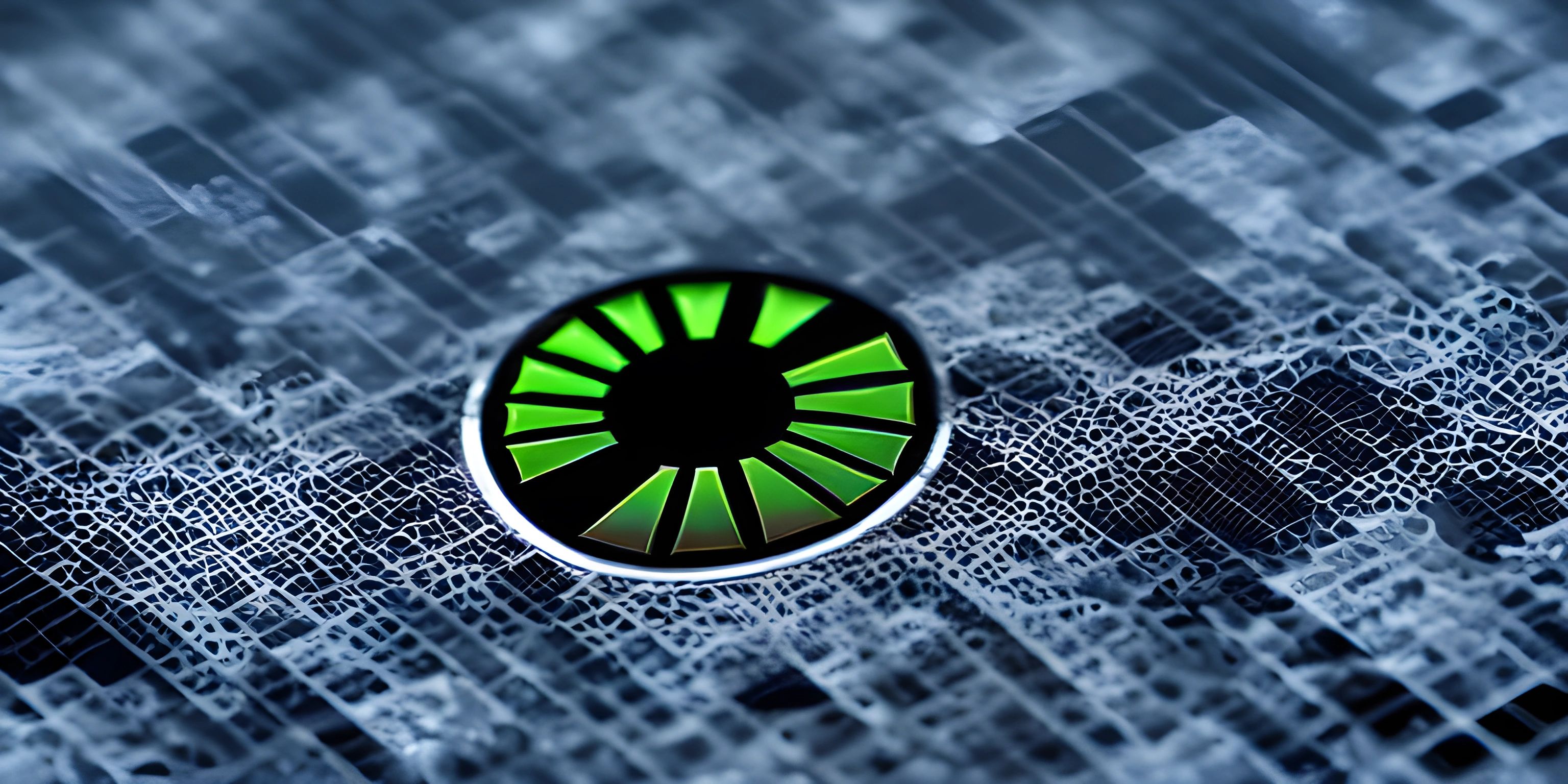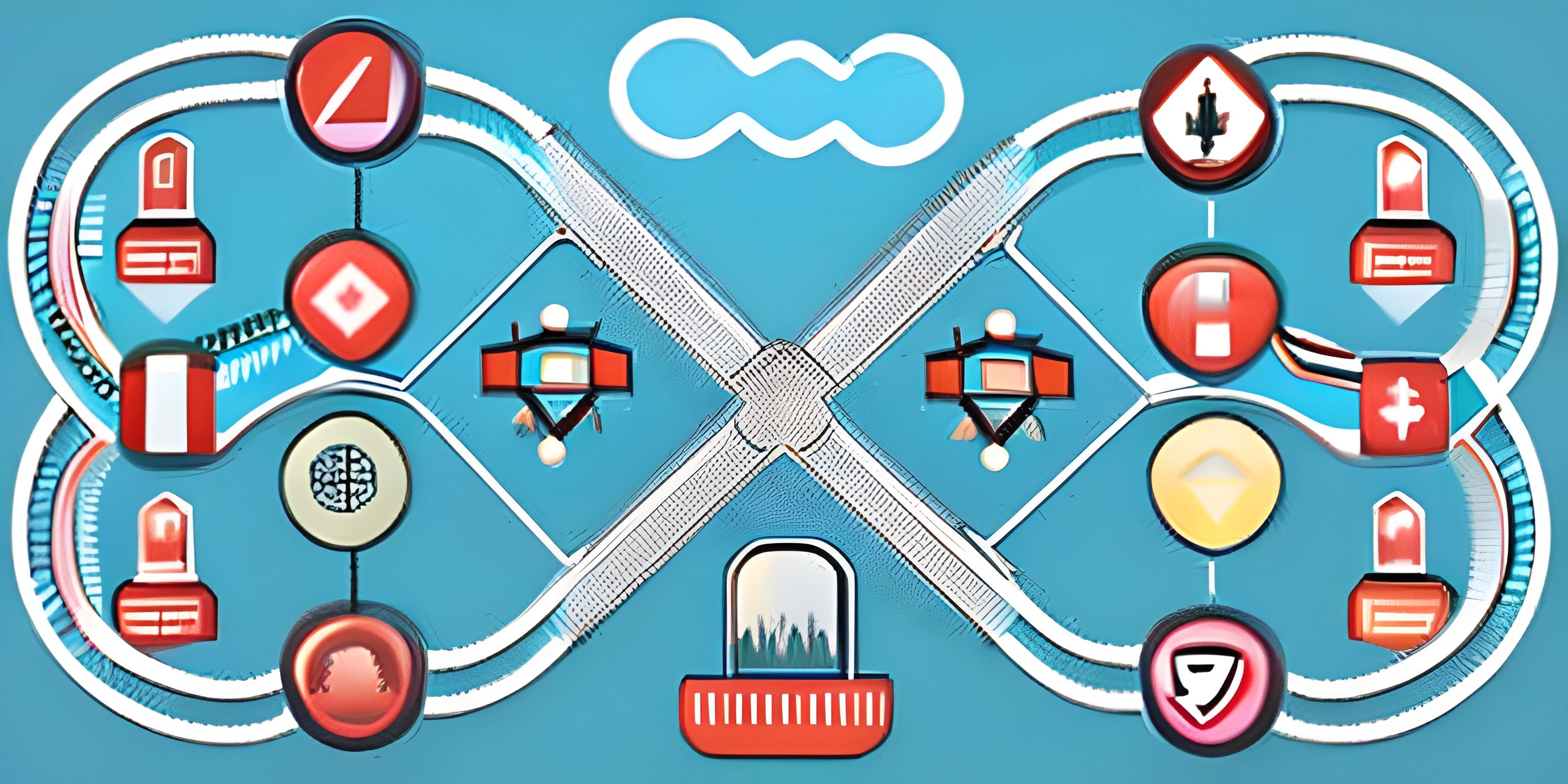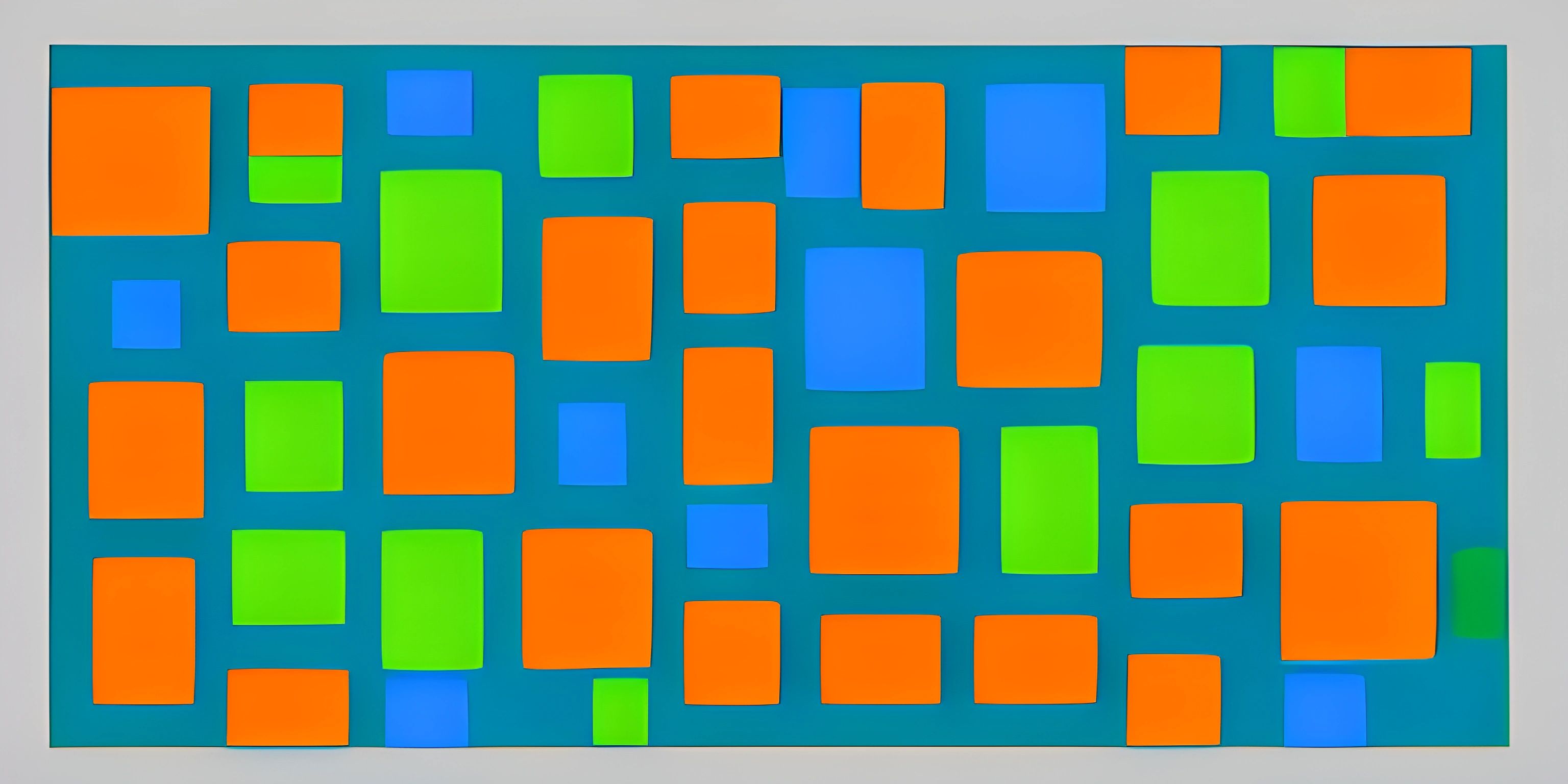Web Development Overview

Note: this page has been created with the use of AI. Please take caution, and note that the content of this page does not necessarily reflect the opinion of Cratecode.
Web development is the art of creating websites that users can interact with. It involves combining various technologies and techniques to produce a functional and visually appealing site. In this overview, we'll introduce you to the basics of web development, its various aspects, and the technologies involved in creating a website.
Frontend vs Backend
Web development can be broadly categorized into two main areas: frontend and backend.
Frontend
The frontend is the part of a website that users see and interact with directly. It's all about creating a user-friendly interface, focusing on the design, layout, and overall look and feel of the website. Frontend development primarily involves working with HTML, CSS, and JavaScript.
- HTML (HyperText Markup Language): This is the foundational language used to structure content on the web. It's responsible for defining the elements that make up a web page, such as headings, paragraphs, images, and links.
- CSS (Cascading Style Sheets): This language is used to control the appearance and layout of HTML elements on a web page. It allows developers to apply styles, such as colors, fonts, and positioning, to create visually appealing designs.
- JavaScript: This is the programming language that adds interactivity and dynamic content to websites. It allows developers to manipulate HTML and CSS, respond to user actions, and even fetch data from backend servers.
Backend
The backend is the part of a website that runs behind the scenes. It's responsible for managing data, processing user requests, and ensuring that everything runs smoothly. Backend development involves working with server-side languages, databases, and other technologies to build the infrastructure that powers a website.
Popular backend languages and frameworks include PHP, Python, Ruby, Node.js, and Java.
Full Stack Development
A full stack developer is someone who has the skills and knowledge to work on both the frontend and backend of a web application. They can handle everything from designing user interfaces to building server-side infrastructure. Full stack developers are in high demand, as they offer a comprehensive skill set that allows them to tackle a wide range of web development tasks.
Conclusion
Web development is a diverse and ever-evolving field, with a wide range of technologies and techniques to master. By understanding the basics and gaining proficiency in frontend and backend development, you'll be well on your way to creating engaging, functional, and user-friendly websites.
Hey there! Want to learn more? Cratecode is an online learning platform that lets you forge your own path. Click here to check out a lesson: What is Backend? (psst, it's free!).
FAQ
What is the difference between frontend and backend development?
Frontend development focuses on the design, layout, and user interface of a website, using technologies like HTML, CSS, and JavaScript. Backend development deals with the behind-the-scenes infrastructure, such as managing data and processing user requests, using server-side languages, databases, and other technologies.
What are the primary languages used in frontend development?
The three main languages used in frontend development are HTML (HyperText Markup Language) for structuring content, CSS (Cascading Style Sheets) for styling and layout, and JavaScript for adding interactivity and dynamic content to websites.
What is a full stack developer?
A full stack developer is someone who has the skills and knowledge to work on both the frontend and backend of a web application. They can handle tasks ranging from designing user interfaces to building server-side infrastructure, making them highly sought after in the web development industry.





